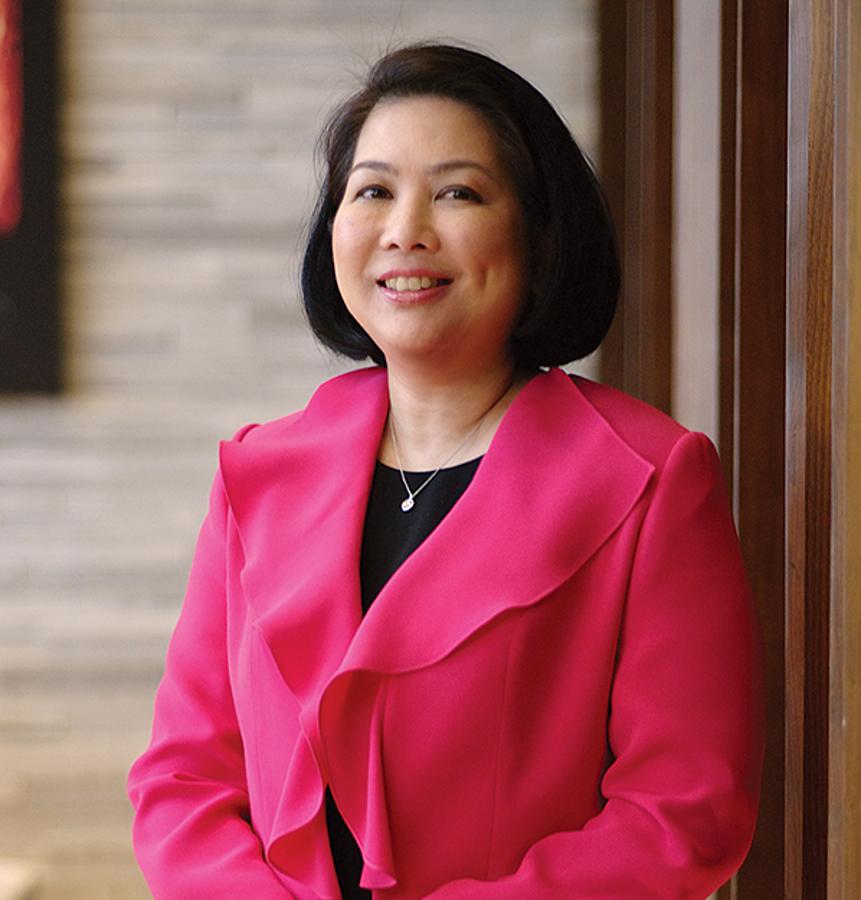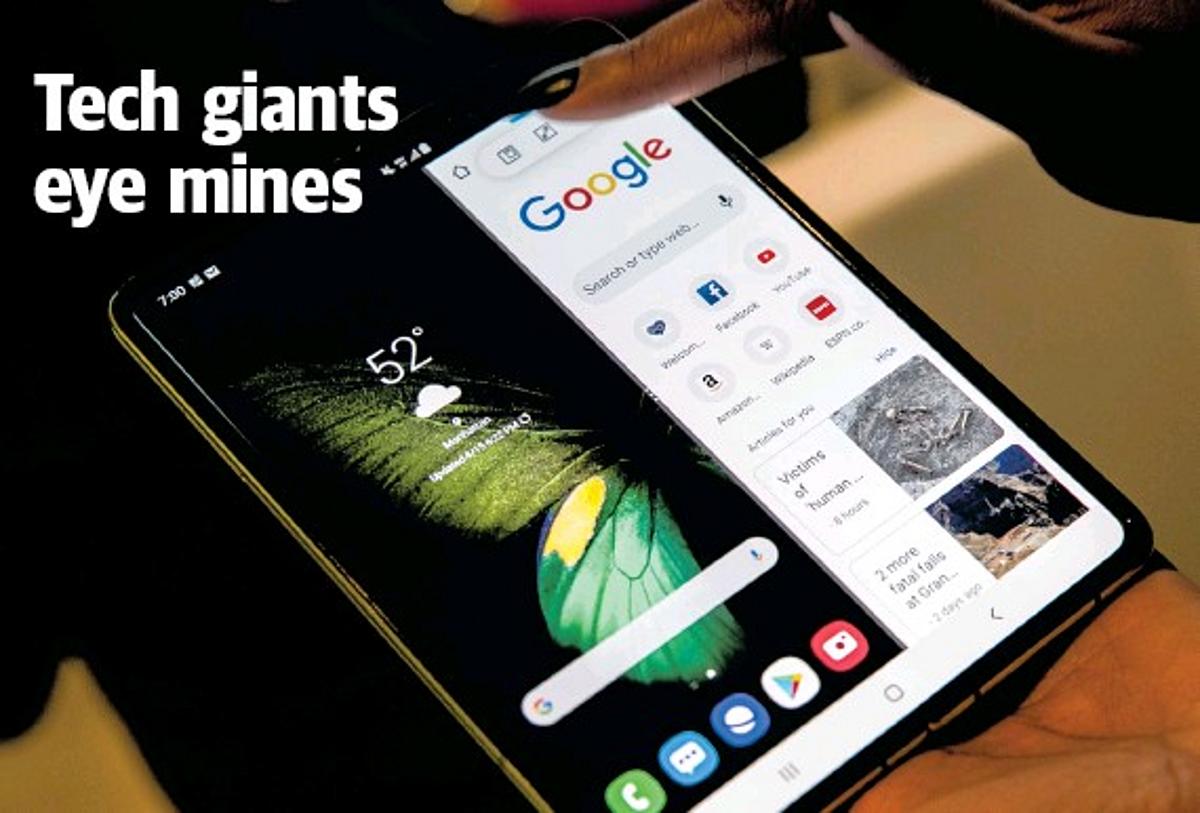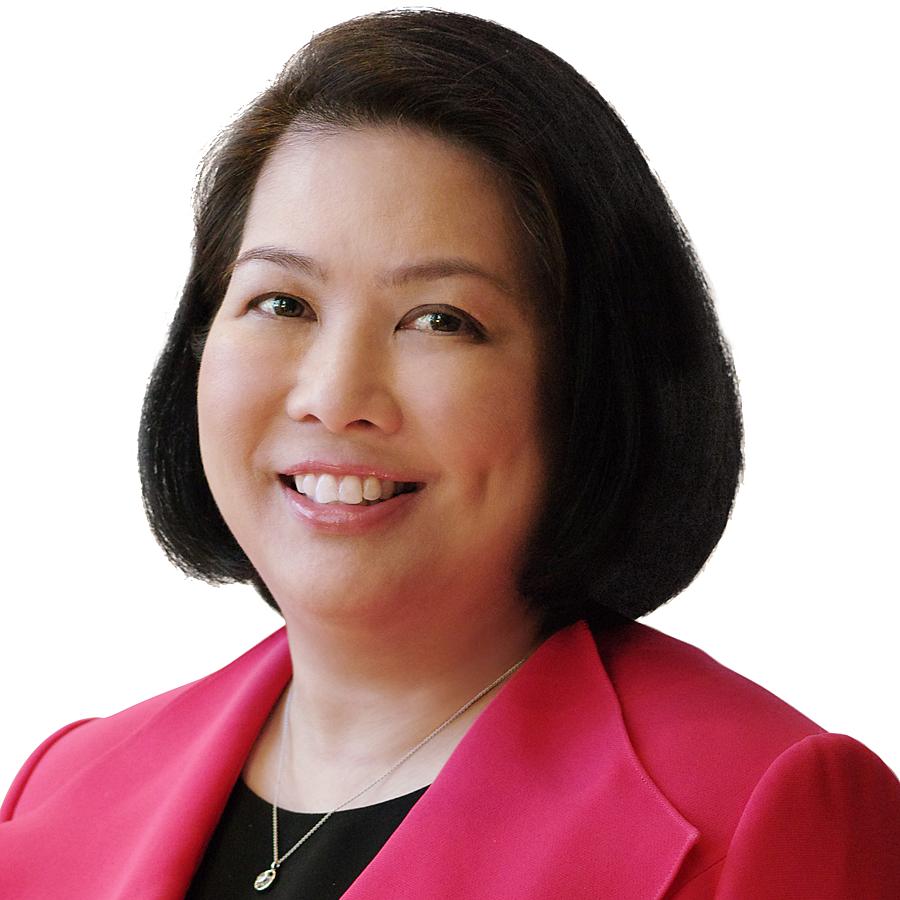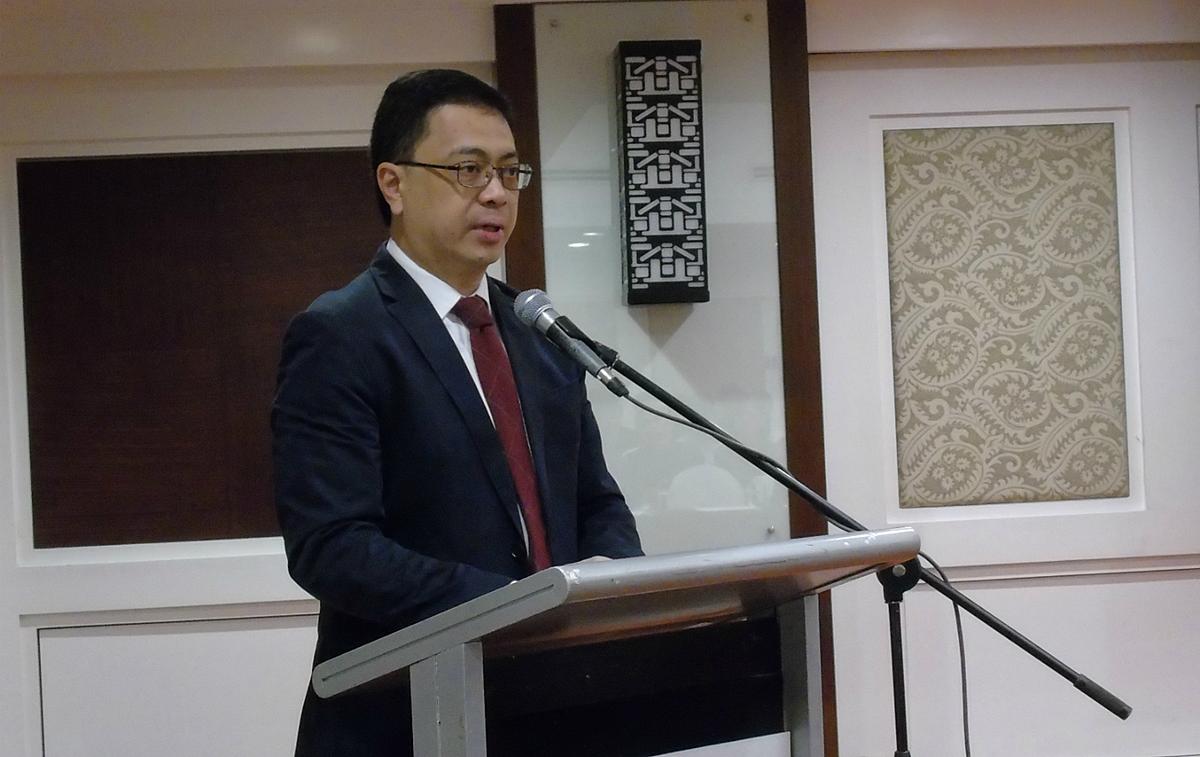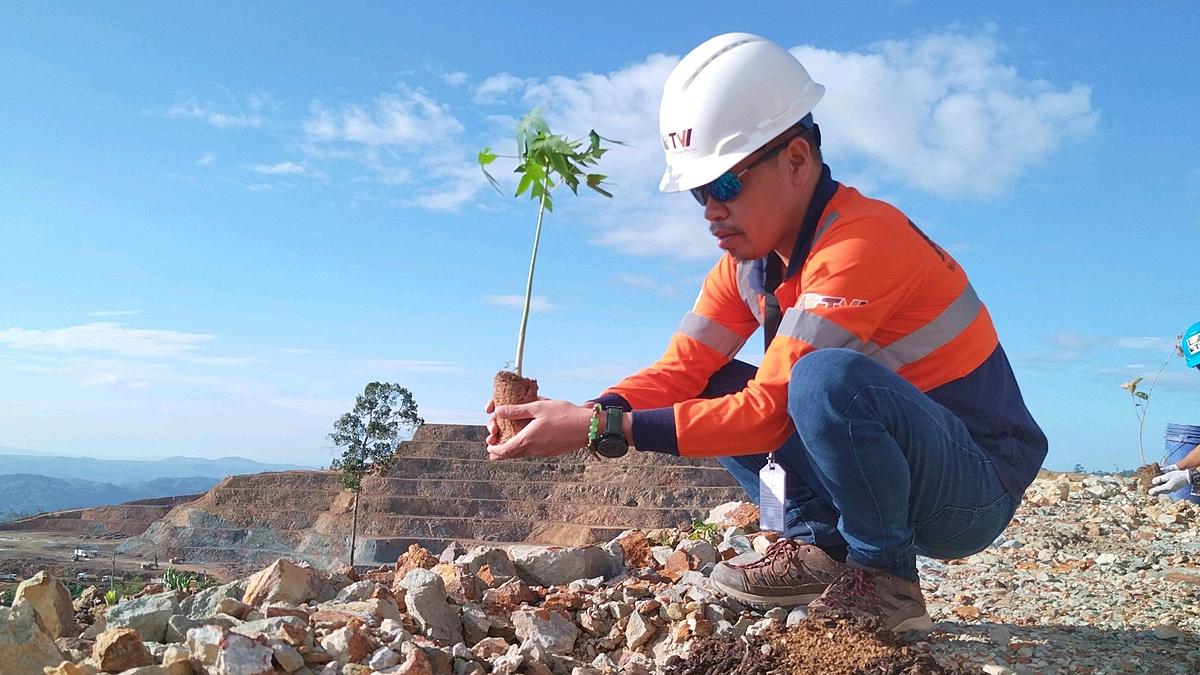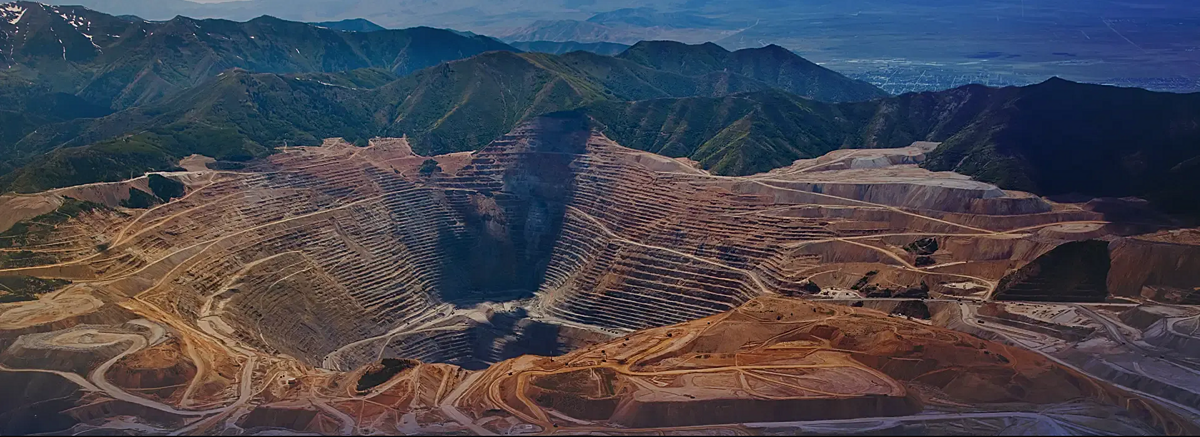By: Patricia A. O. Bunye
“Diversity & Inclusion” are two buzzwords that I have taken for granted, but have been forced to think about, in the last few weeks. An international legal publication contacted me to ask whether our firm had a “Diversity Statement”, and of course I replied that we did, as most major law firms now do. I was also invited to attend a forum on the same topic, where I realized just how much I didn’t know and still had to learn about it.
At least once a year, the members of Diwata-Women in Resource Development, Inc (“Diwata”) and I devote time to planning activities for International Women’s Month which is celebrated globally in March. This year, on March 31, Diwata is presenting a talk on women’s leadership in resources development headlined by Gloria Tan Climaco. Recognizing that, in the Philippines, although women are very well represented in various fields in the mining industry – including law, finance, geology, mining engineering, community relations, communications, among many others – there is still a very long way to go for many women before they reach the top of their respective fields. Based on data from Bloomberg, only one in 20 global mining firms headed by a woman. Hence, the need to present strong women role models who can share their stories.
These days, however, “diversity” no longer just means giving equal access to men and women in the workplace, but to accommodating or accounting for the “collective mix of all human characteristics”, whether visible (such as race, gender and disability) or invisible (such as socio-economic status and SOGIE (Sexual Orientation and Gender Identity Expression).
On the topic of SOGIE alone, I confess that I need to be educated on the ever-expanding spectrum of orientations and identities.
Diversity must also be distinguished from “inclusion” which refers to getting the mix to work well together, particularly in the work environment, where all individuals are treated fairly and respectfully, have equal access to opportunities and resources, and can contribute fully to the organization’s success.
As pointed out by one of the speakers, diversity is akin to inviting someone to a party and inclusion is asking that invited guest to dance.
I am reminded of the story when Harvard Law School (HLS) first admitted women in 1953. While women were finally allowed to attend HLS, it appeared that they did not have restrooms for women and the female students had to walk a fair bit to reach the restrooms that were specially constructed for them. Similarly, in the 1960s, Katherine Coleman Goble Johnson, one of the first African American NASA scientists whose work was critical to the success of the first and subsequent U.S. crewed spaceflights, had to use restrooms that were separate from her white peers.
These days, restrooms still exemplify these diversity and inclusion issues, though the circumstances may have changed. According to one diversity and inclusion advocate, there are three main diversity and inclusion issues in the workplace: “the right to pee, the right to dress and the right to a name”.
Under the first, we must consider whether there are gender-neutral restrooms where a person of any sexual orientation or gender identification would feel safe using, without harassment by others (i.e., restrooms are available for gender non-conforming people).
Related issues are: Are restrooms designated as lactation rooms? Are there diaper changing tables in the men's restrooms? Are the directional signs to the restrooms in Braille and other spoken languages of the community or only in English? Are there handicapped restrooms located in your building? How many restrooms have sufficient space for a person (adult or child) and a caregiver?
The second right (the right to dress) is a little trickier in professions that are conservative like law or banking, or industries which may require certain safety gear, like mining, but certainly, gone are the days when a ‘one size fits all’ dress code may be applied.
The third right, the right to a name, is also tricky, as it refers not only to the proper name a person wants to be identified by (which may be limited by the person’s legal name on official or government documents, but also the pronoun (“he” or “she” or the neutral “they”) that person prefers.
For many years, I have tended to consider the issues of diversity and inclusion purely in terms of gender, race and perhaps socio-economic background. Until very recently, I did not consider what resource persons have pointed out: that there are many other differences in the workplace that we must be sensitive to. For example, the differences across generations (i.e. Baby Boomers vs. Gen X vs. Millennials vs. Gen Z) or the pace at which a person wants to grow in an organization (i.e., there may be individuals perfectly willing to take the “slow track” in order to have more time with the family) are other factors that must be considered when making decisions in a business.
All these are quite overwhelming and it is a great comfort that an inclusion advocate told me that what matters most is not being afraid to ask questions and the willingness keep the conversation on these issues open.
Patricia A. O. Bunye is a Senior Partner of Cruz Marcelo & Tenefrancia and heads its Mining and Natural Resources Department and the Energy practice group. She is the Founding President of Diwata-Women in Resource Development, Inc., a non-government organization that advocates responsible development of the Philippines’ wealth in resources.

